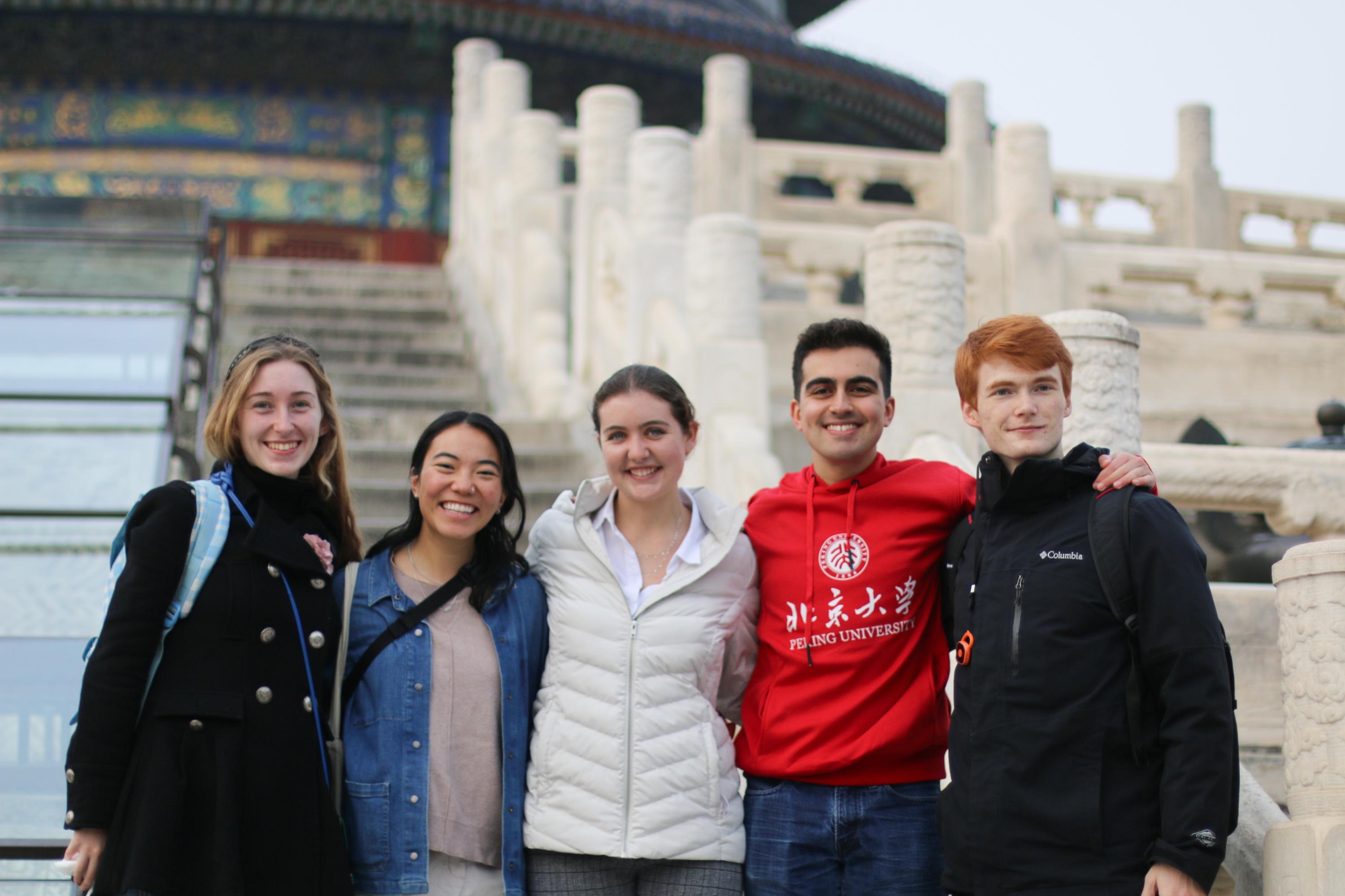In early November 2022, Yenching Academy of Peking University organized several field trips to sites in Beijing: the Ming Tombs, the Palace Museum, the Ancient Architecture Museum, and the Temple of Heaven. Our Scholars and teacher were immersed in learning and exploring several aspects of Chinese civilization in the history-intensive trips.
A History Long Buried in the Ming Tombs
Our field study began from the Ming Tombs in Changping district on November 8. The tour group was led by Dean Dong Qiang, Director of Graduate Studies Lu Yang, and Assistant Dean Chen Changwei. The Yenching team was joined by teachers from other departments who taught at the Academy, including Liu Chen, Assistant Professor and Deputy Director of the PKU School of Arts, and Assistant Professor Yu Jia from PKU Guanghua School of Management.
Walking along the Sacred Way (神道 – shendao) leading to the central part of the Ming Tombs, Professor Lu Yang narrated the history of the Ming dynasty (1368–1644), including how Zhu Di moved his capital from Nanjing to Beijing. Professor Lu elaborated on the site’s selection, construction, layout, and structural features of the Ming Tombs. The tour group walked under the Lingxing Archway (棂星门 – Lingxing men), observed the stone figures lining the Sacred Way, and carefully read the Stele of Merits and Virtues inscriptions. They thus witnessed an aspect of Chinese culture mirrored in the mausoleum complex.
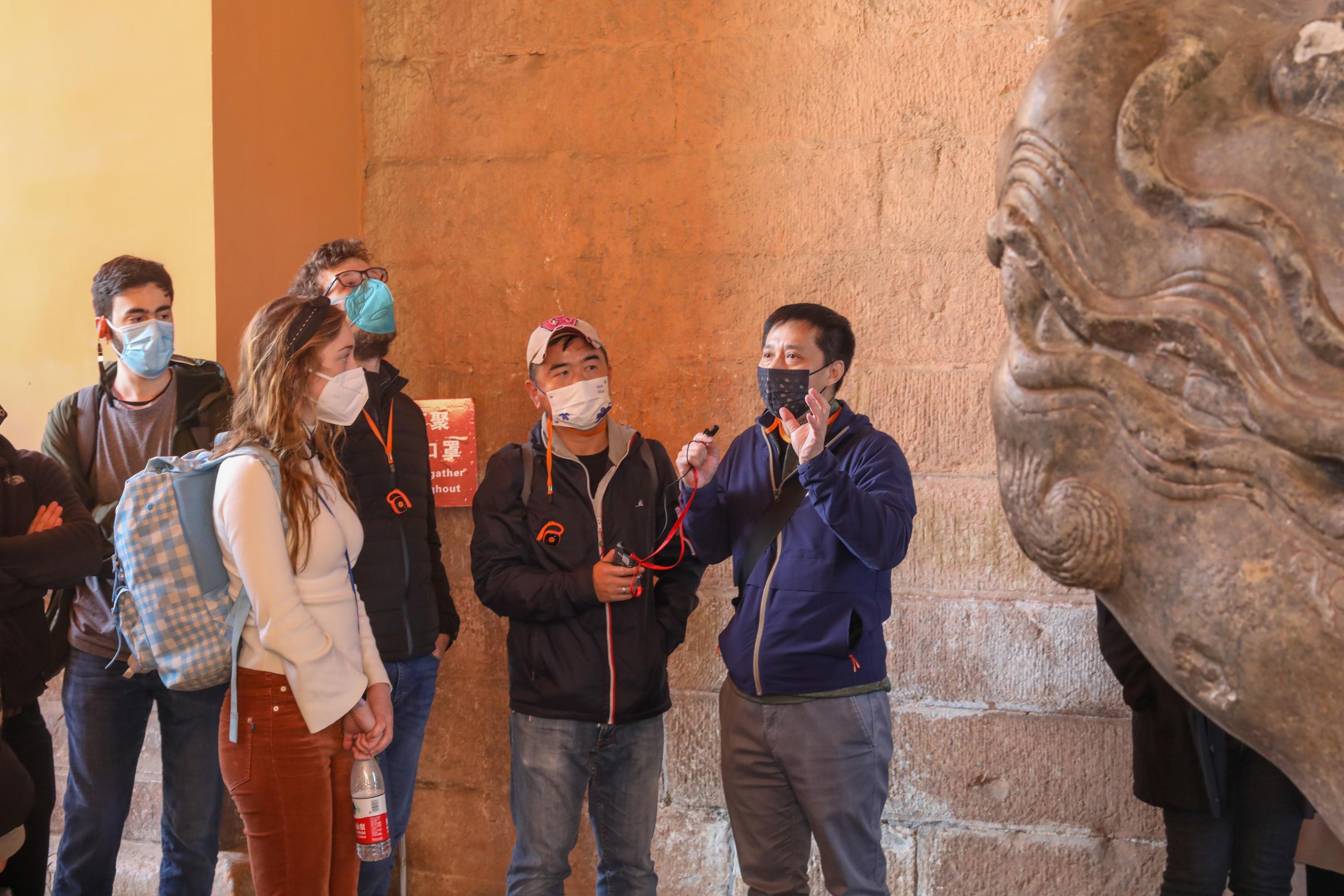
At the Dingling Mausoleum (明定陵 – Ming Dingling), the tomb of Emperor Wanli of Ming, Professor Lu portrayed the emperor and his reign on the margin of Ray Huang’s “1587, A Year of No Significance”. Our Scholars and teachers gained a clearer view of the power structure and political system during the Ming dynasty.
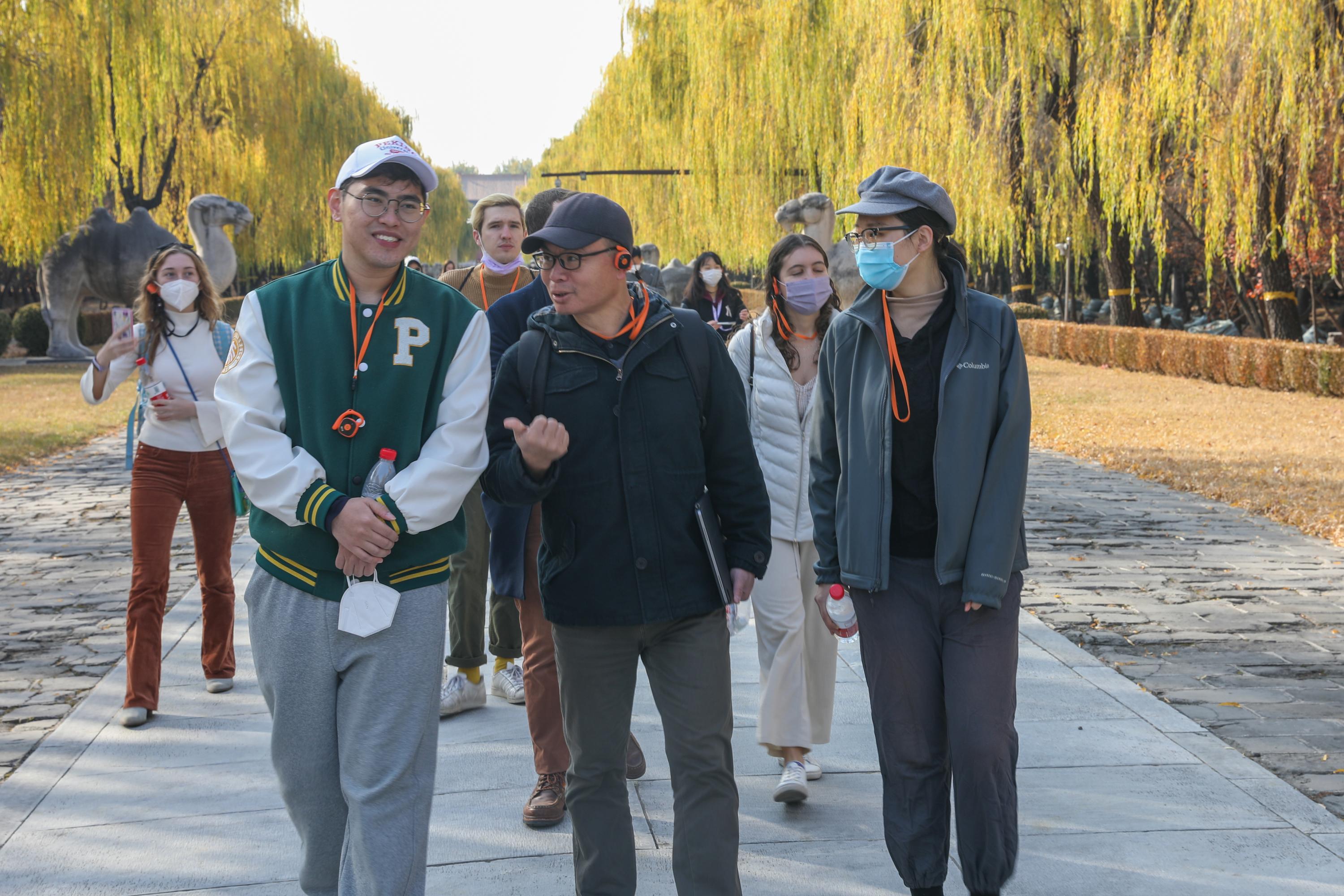
Our Scholars were in awe of the gigantic stone-built tomb chamber of the Dingling Mausoleum, known as the underground palace. Standing and gazing gracefully at the magnificent tomb chamber, they listened to the discussion on the site’s significance and the power of imperial supremacy in ancient China. Assistant Dean Chen Changwei introduced the imperial funeral in ancient China, including how funerary objects were placed in the tomb chamber.
The pillars made from choice gold phoebe logs supporting the roof of the Hall of Blessing Favor (灵儿殿 – Ling’en dian) were a thrilling sight to behold. Our Scholars admired the giant pillars and the magnificent post-and-lintel construction. Centering on the exhibits of the emperor’s hats, crowns, and court dresses, Dr. Liu Chen illustrated the daily life of the Ming imperial family, their garment, and their code of conduct.
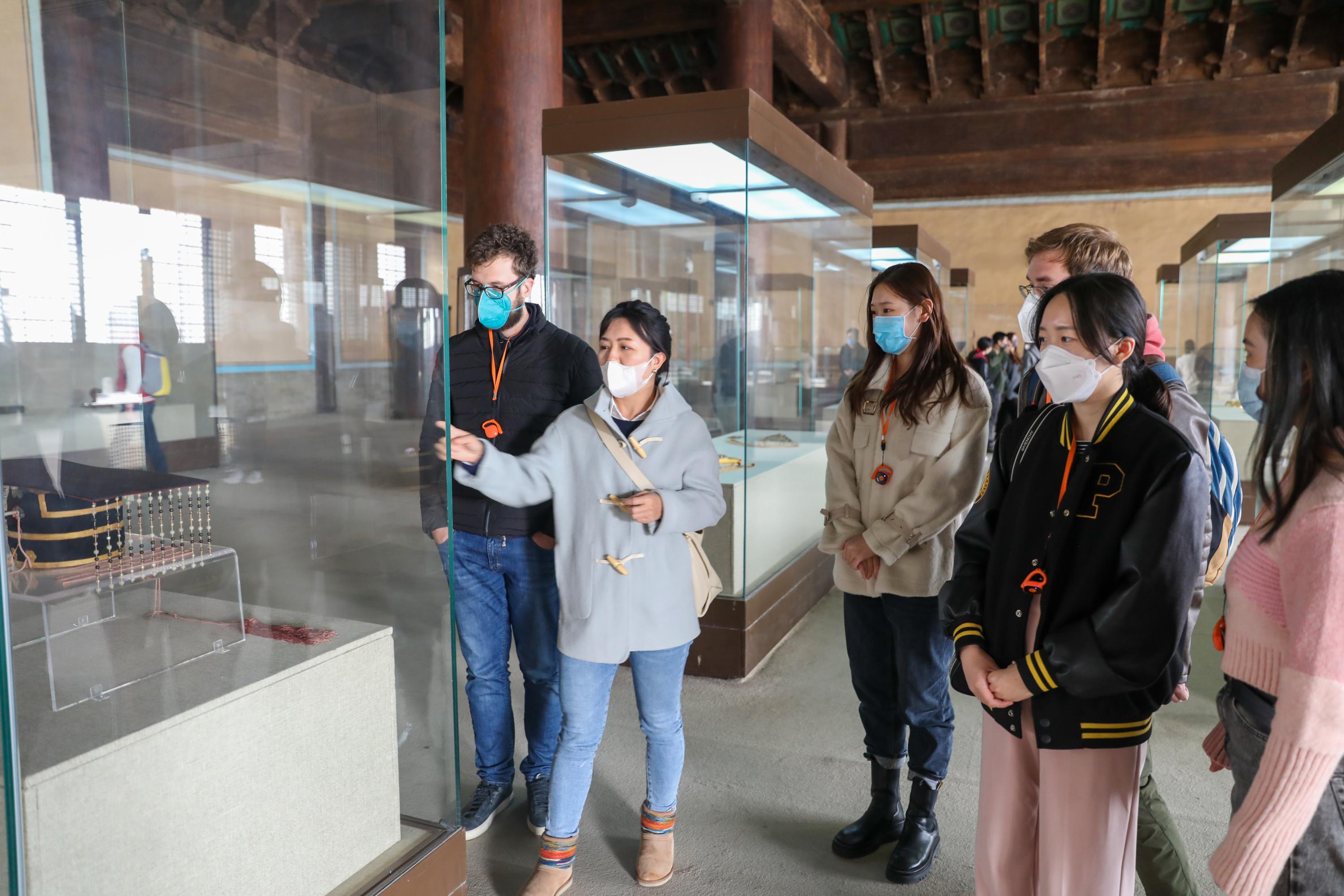
Ituna Ishola (Nigeria): The Ming Tombs are the most enormous royal tombs I’ve ever seen. The sculptures, the stele, and other cultural relics, all show the long and hybrid pedigree of Chinese civilization passed down across time despite different power shifts. I saw in them the power and splendor of the ancient China societies.
Jiang Bofang (China): The Ming Tombs epitomizes ancient Chinese architecture and is a remarkable footnote to Chinese history. It is like a treasure house where we can see all sorts of gems of Chinese culture. It mirrors how powerful and prosperous ancient China was and is a model of cultural heritage preservation in China today.
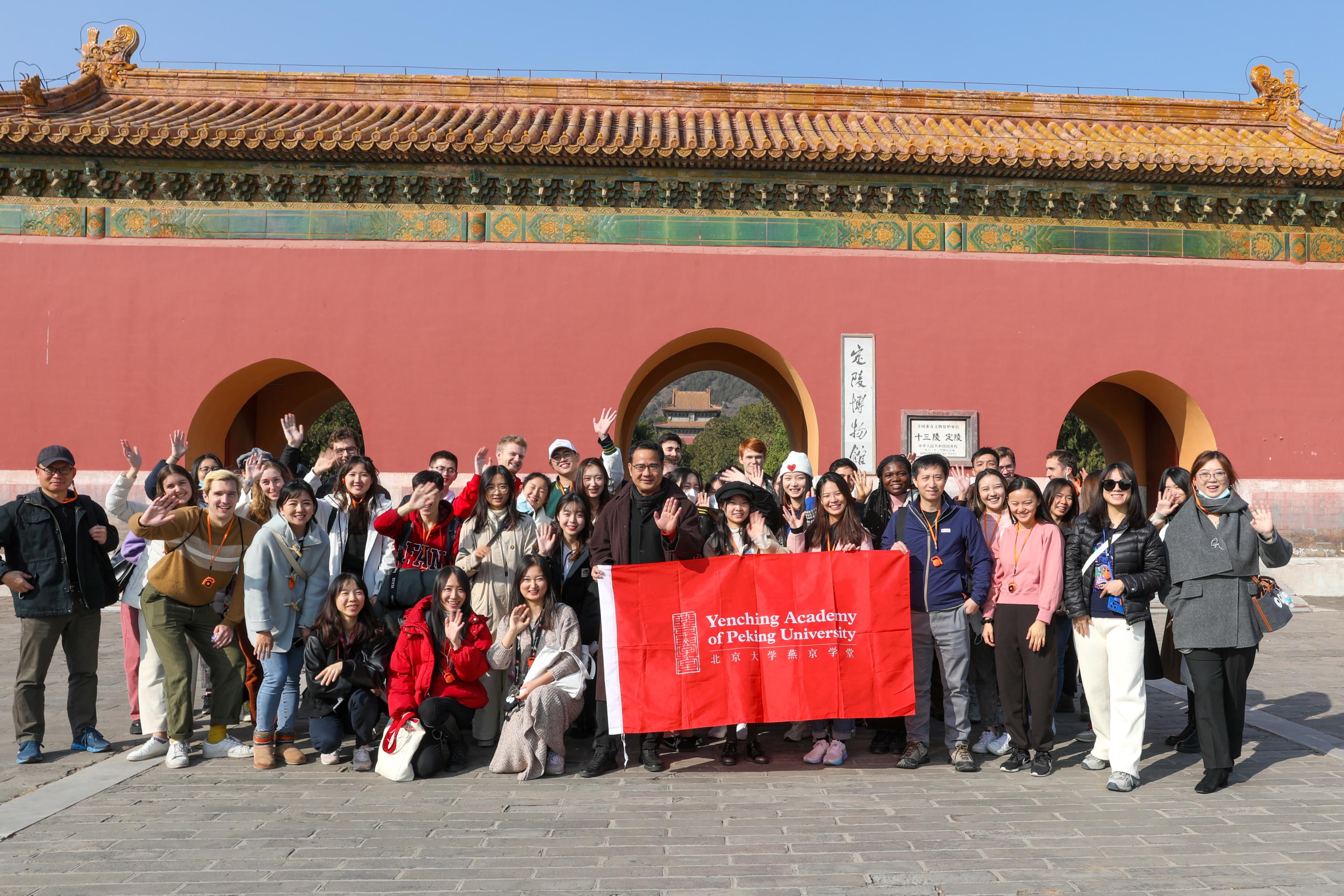
Down into the Glorious Past in the Forbidden City
On the morning of November 9, our trip to the Palace Museum was heralded by a lecture titled “Into the Palace Museum: Fine Traditional Chinese Culture in the Forbidden City,” delivered by Ren Wanping, Deputy Director of the Palace Museum, and moderated by Asst. Prof. Liu Chen.
On behalf of Yenching Academy, Dean Dong Qiang expressed his gratitude to Ms. Ren, highlighting that a lecture from a specialist like the Deputy Director would make the trip to the Palace Museum “more meaningful”. Professor Dong also appreciated Ms. Ren’s efforts to make Chinese culture known to more and more people.
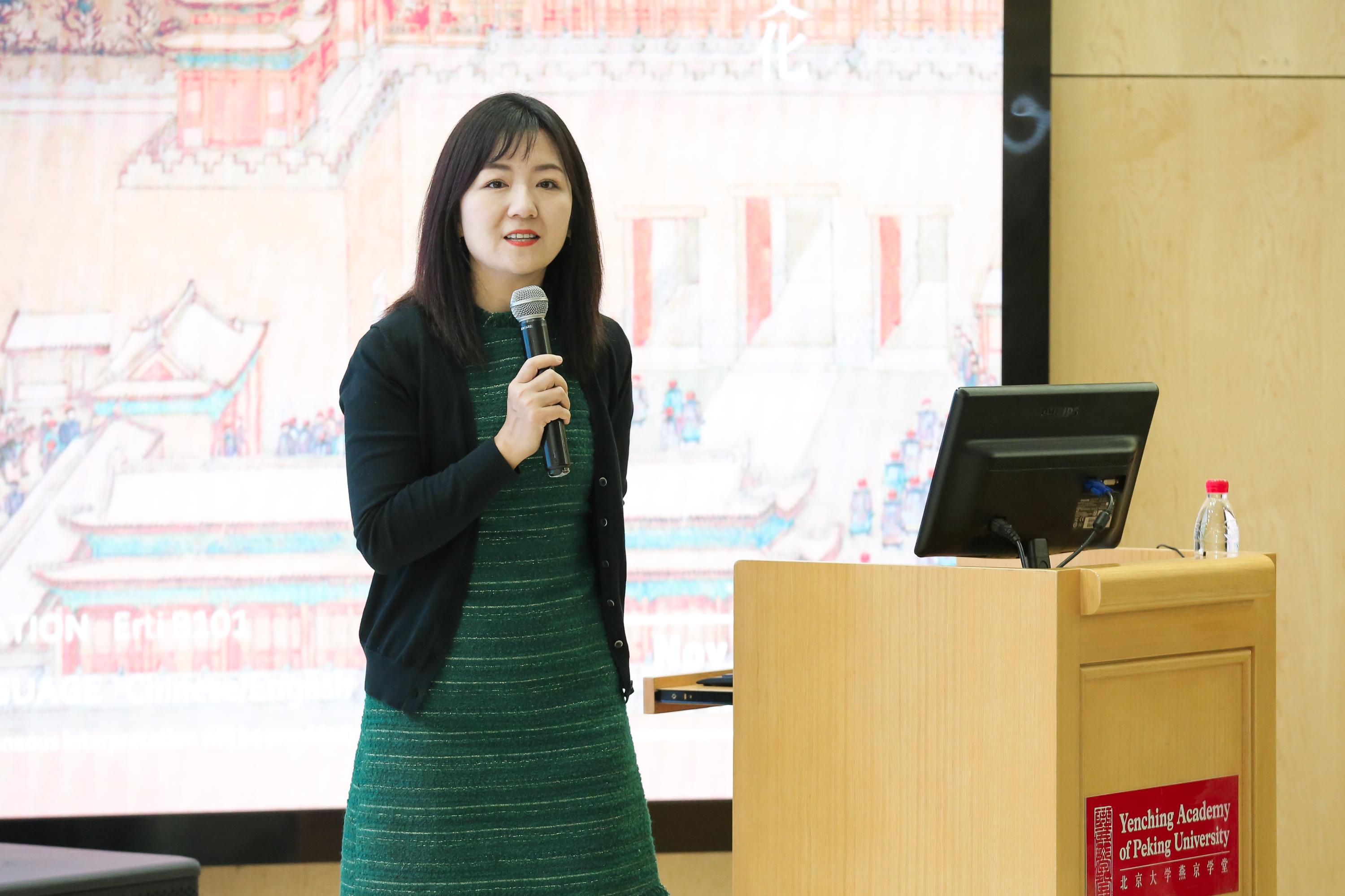
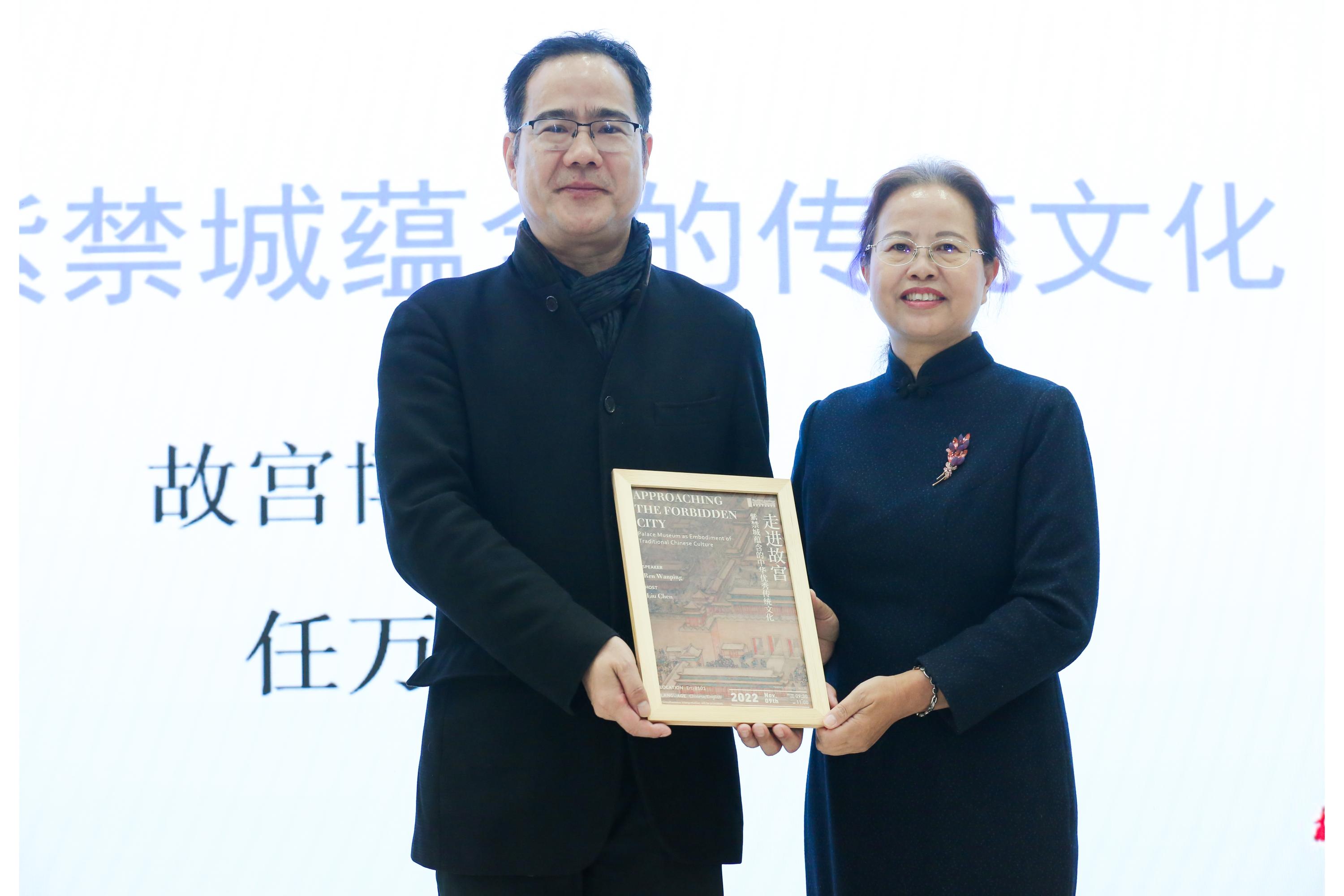
Ms. Ren started her lecture by discussing the history and naming of the Palace Museum, which was previously housed in the complex known as the Forbidden City. The Forbidden City is the imperial architectural complex of the highest level in ancient China, epitomizing the ancient Chinese philosophy of five elements, astronomy, and the cosmos.
Ms. Ren highlighted how to tell the grades of traditional Chinese architecture by watching rooftops and color paintings and asked our Scholars to apply the rule in their trip to the Palace Museum. She elaborated on the ancient Chinese philosophies and culture integrated into the Forbidden City complex, which is divided into parts: political affairs, life, religion, and leisure.
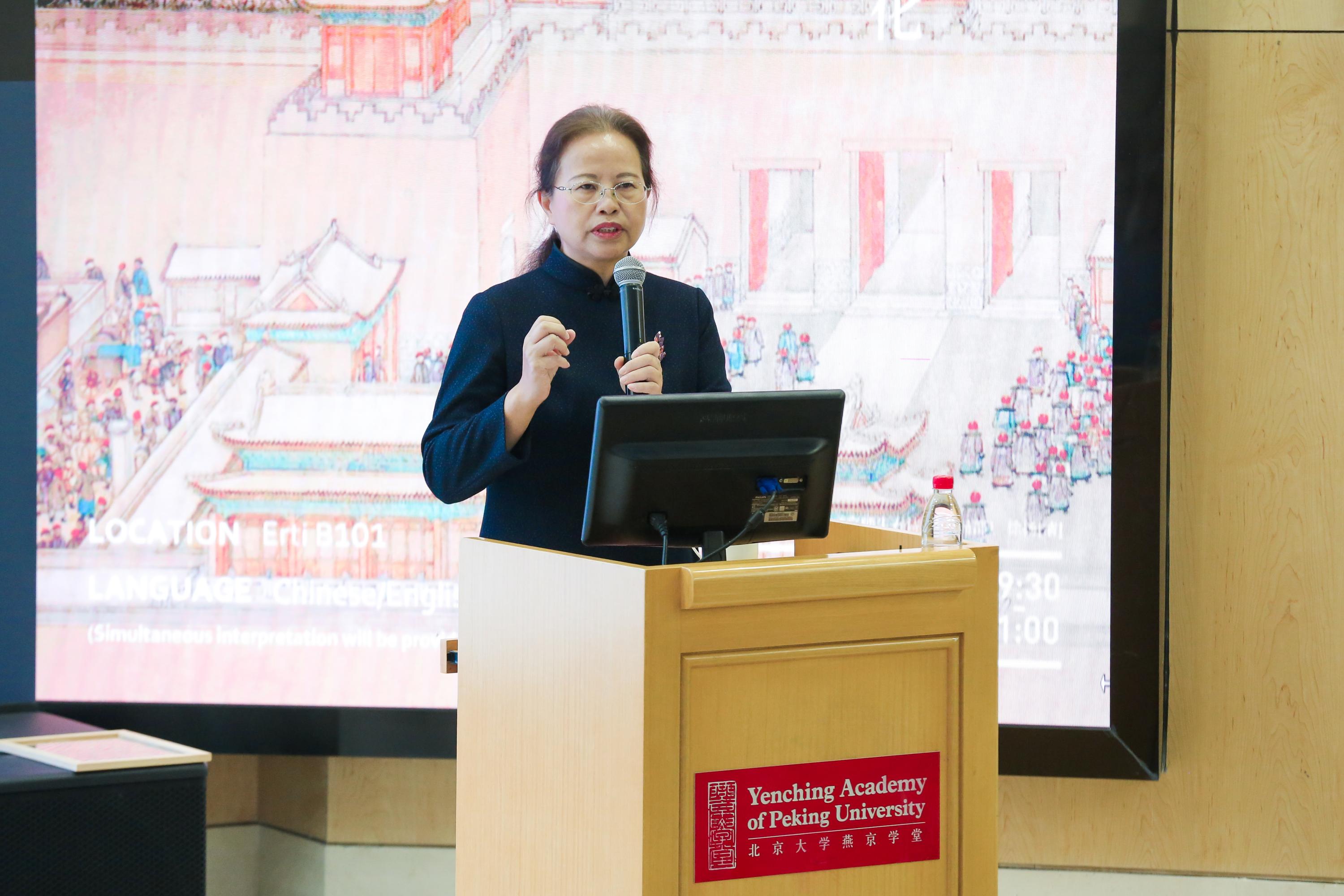
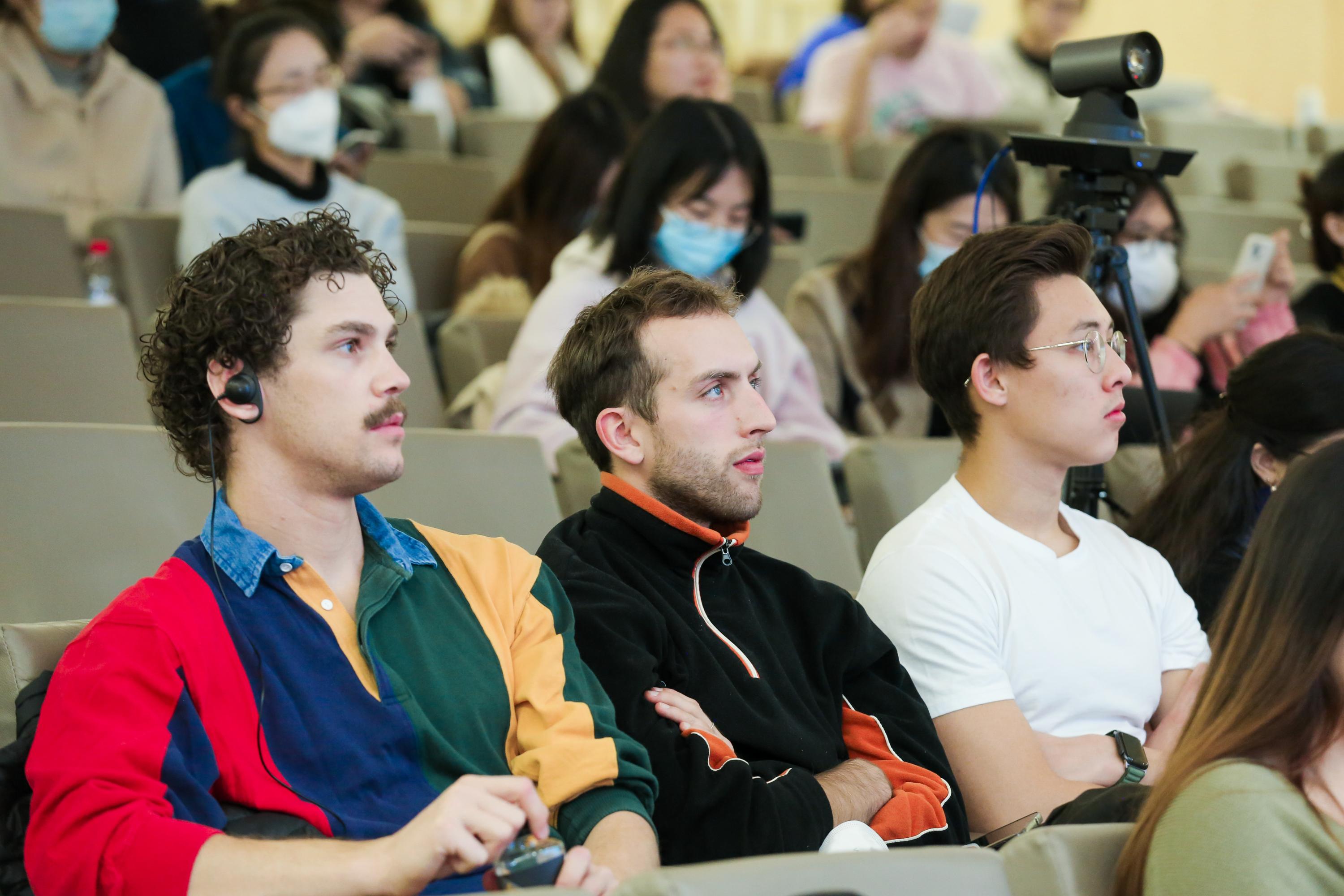
In the afternoon, our Scholars went to the Forbidden City in person.
In the exhibition hall on the Meridian Gate (午门 – Wu men), our Scholars saw the red sandalwood portable stationery box Ms. Ren had mentioned in her lecture earlier in the day. They also admired the beautifully crafted jade “cong” tube and other cultural relics Associate Professor Qin Ling had introduced in her class for the “Topics in China Studies Lecture Series.” It was an encounter of the past and present, and a mingle of inside- and outside-classroom discussion and experiences. Study and research become one and the same.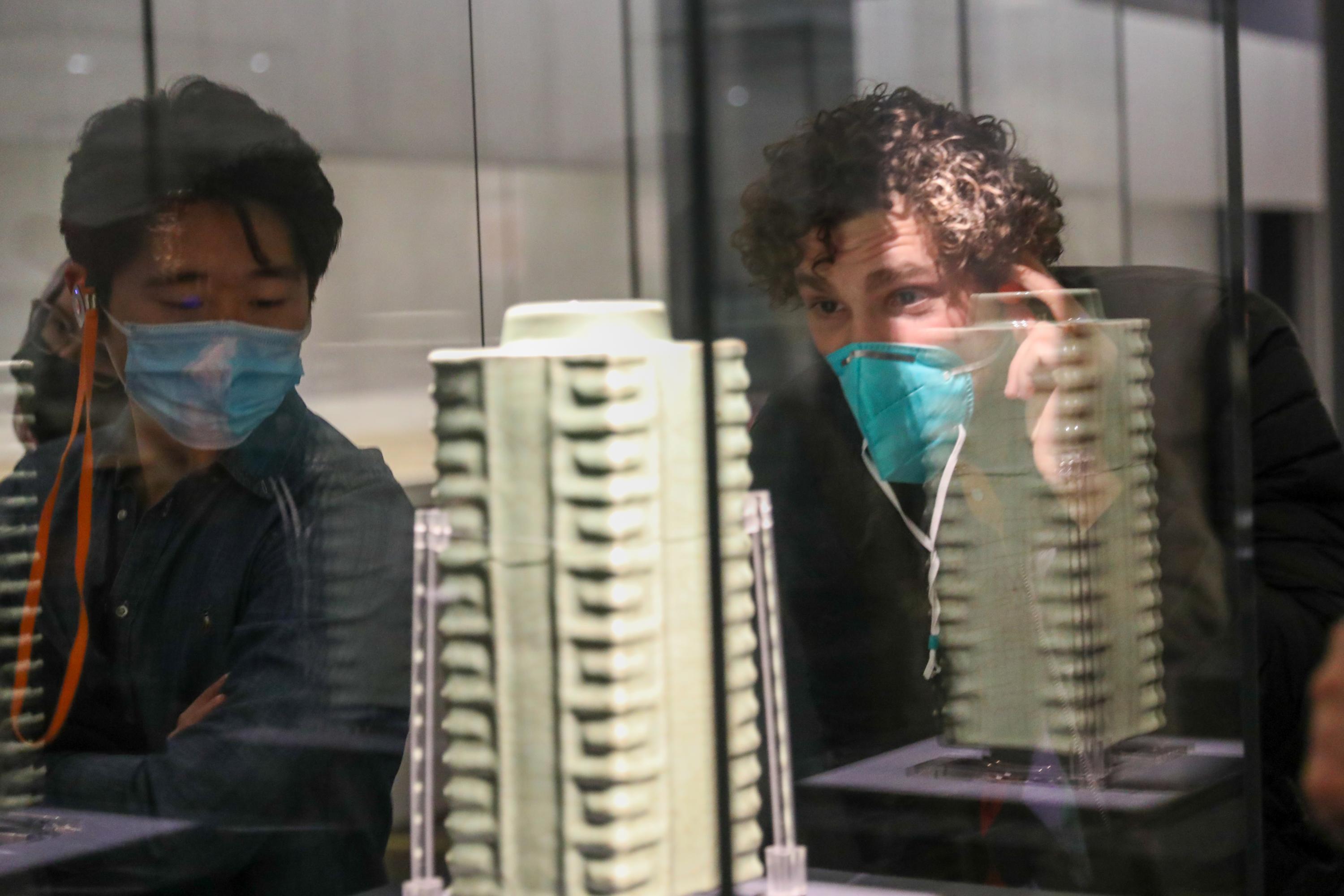
Singing “I’m waiting for you throughout the cloudy, the misty, and the rainy” from Jay Chou’s lyrics “Blue-and-white Porcelain”, our Scholars continued their excursion, admiring fine porcelains in the Hall of Martial Valor (武英殿 – Wuying dian).

The exhibits in the Ceramics Gallery housed in the Hall of Martial Valor seem to spread out a scroll of Chinese ceramics history extending from the Cishan culture of the Neolithic Age to the republican period in the 20th century. YCAers marveled at the cutting-edge techniques and superb craftsmanship involved in the delicate porcelains, which played an irreplaceable, inerasable role in daily life and trade.
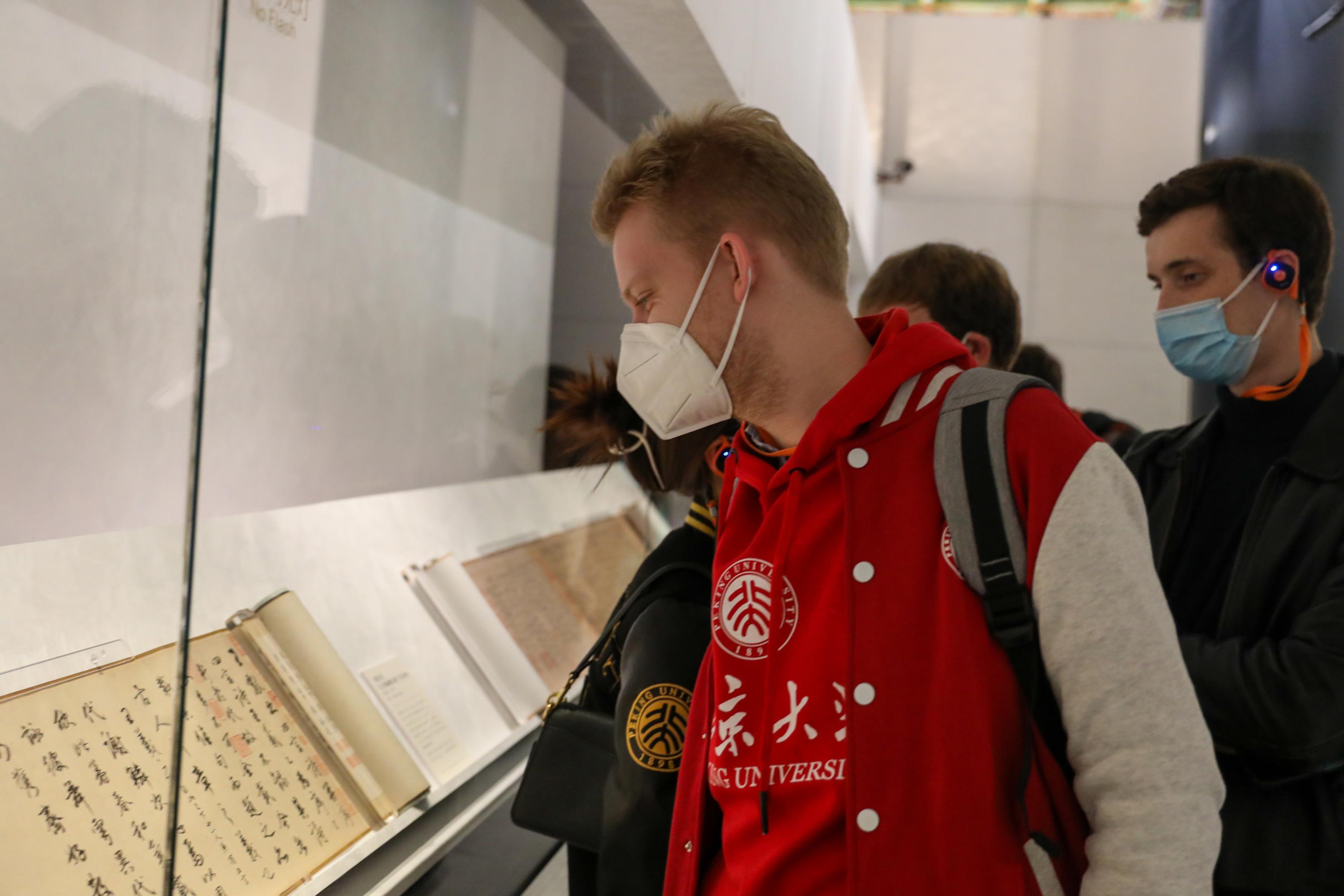
The delicate color paintings and various rooftop forms in the Three Major Halls, the Palace of Heavenly Purity (乾清宫 – Qianqing gong), and the Imperial Garden offered our Scholars a better understanding of the hierarchy and philosophy behind the paintings and forms in ancient China. The trip shed light on our Scholars’ future cross-cultural study and communication.
Du Xinran (China): Ms. Ren talked about traditional Chinese culture in the architecture of the Forbidden City. It was an excellent way to explain the architectural and cultural significance of the Forbidden City. I have gained a better understanding of this part of Chinese civilization. Visiting the Forbidden City helped me feel how charming the site is.
Koen Smeets (the Netherlands): During the trip to the Forbidden City, I reconfirmed that China Studies must be conducted in China. The Meridian Gate and the entire Forbidden City behind it were a thrilling sight. Standing among the historical architecture, I had a more direct and deeper understanding of Chinese culture, society, and architecture than what I had read in books.
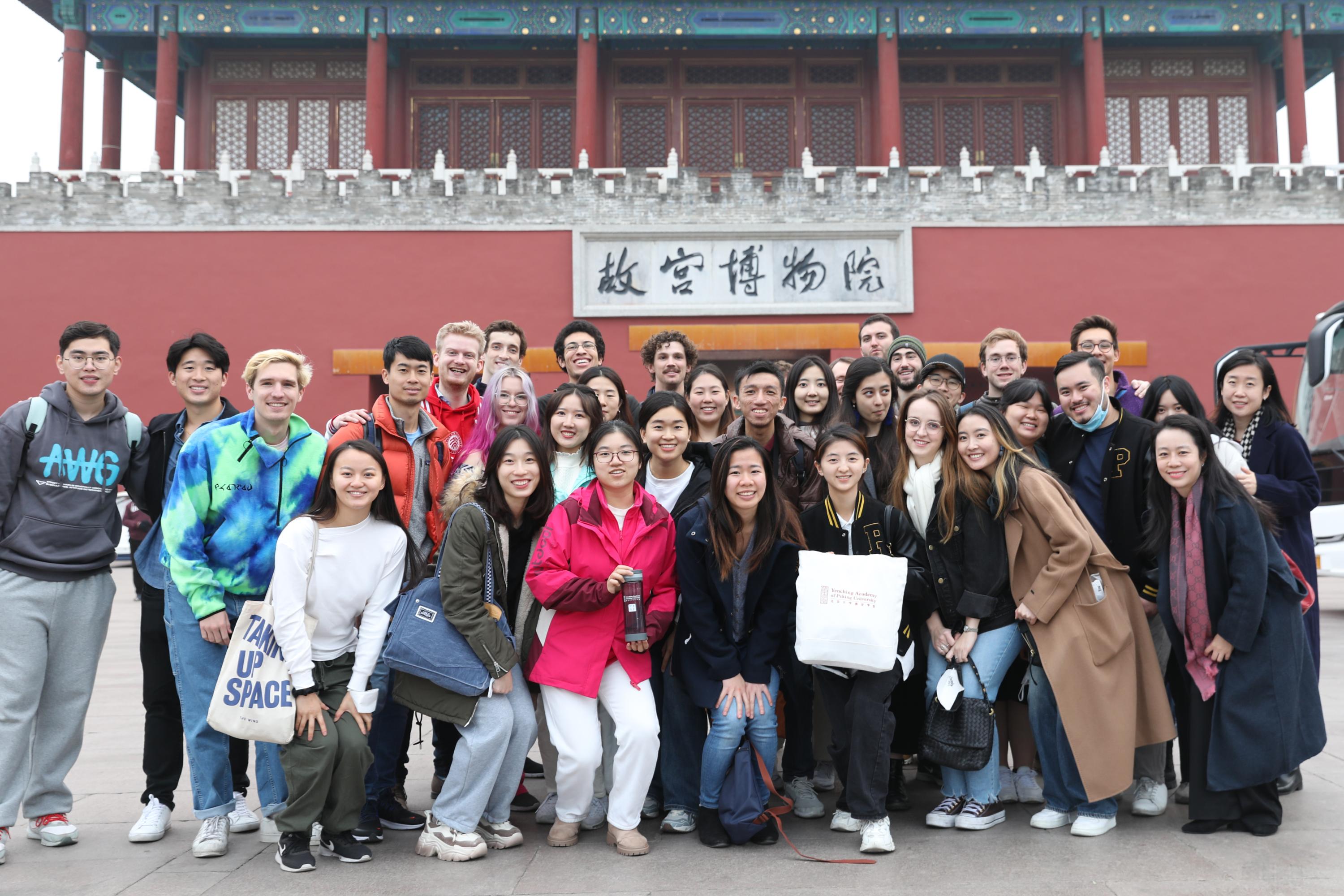
High on the Altar and Closer to Heaven
On November 9, Yenching Scholars embarked on a field trip to the Ancient Architecture Museum and the Temple of Heaven. Professor Zhang Jianwei from the School of Archaeology and Museology, Peking University, gave the Scholars a tour of the Beijing Ancient Architecture Museum – the first of its kind that collects, analyzes, and exhibits material remains and the history of ancient Chinese architecture and technology. Prof. Zhang hoped that the students could answer three fundamental questions at the end of the excursion: What is the nature of ancient Chinese architecture? What core spiritual ideas and principles have guided the history of Chinese architecture? What are the utilitarian values of ancient Chinese architecture?
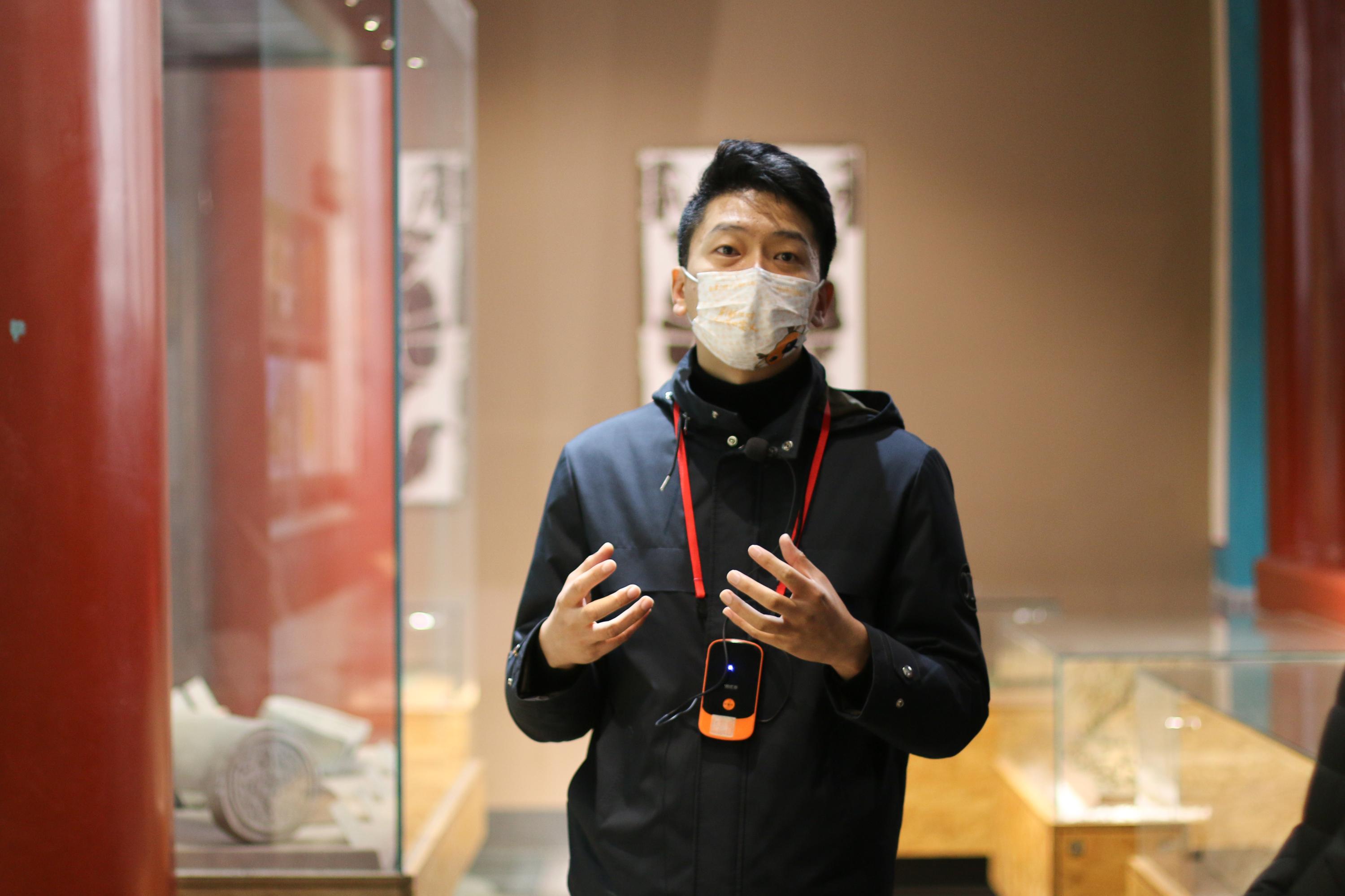
The exhibition began with the chronological history of ancient Chinese architecture, tracing the evolution of man living in caves and semi-cave structures during the Neolithic Age to the construction of architectural complexes, central axes, palace structures, and temples from the Xia, Shang, and Zhou dynasties. Two recurring themes stood out in the exhibition: large timber structures and the societies’ add-ons over time, including terra cotta roof tiles in the Zhou dynasty, a drainage system in the Qin dynasty, and high-rising buildings in the Han dynasty. Prof. Zhang explained, “Every building has a big roof, a body made up of timber parts, especially the bracket sets, and a stone base; these three sections are the spirit of Chinese architecture.”
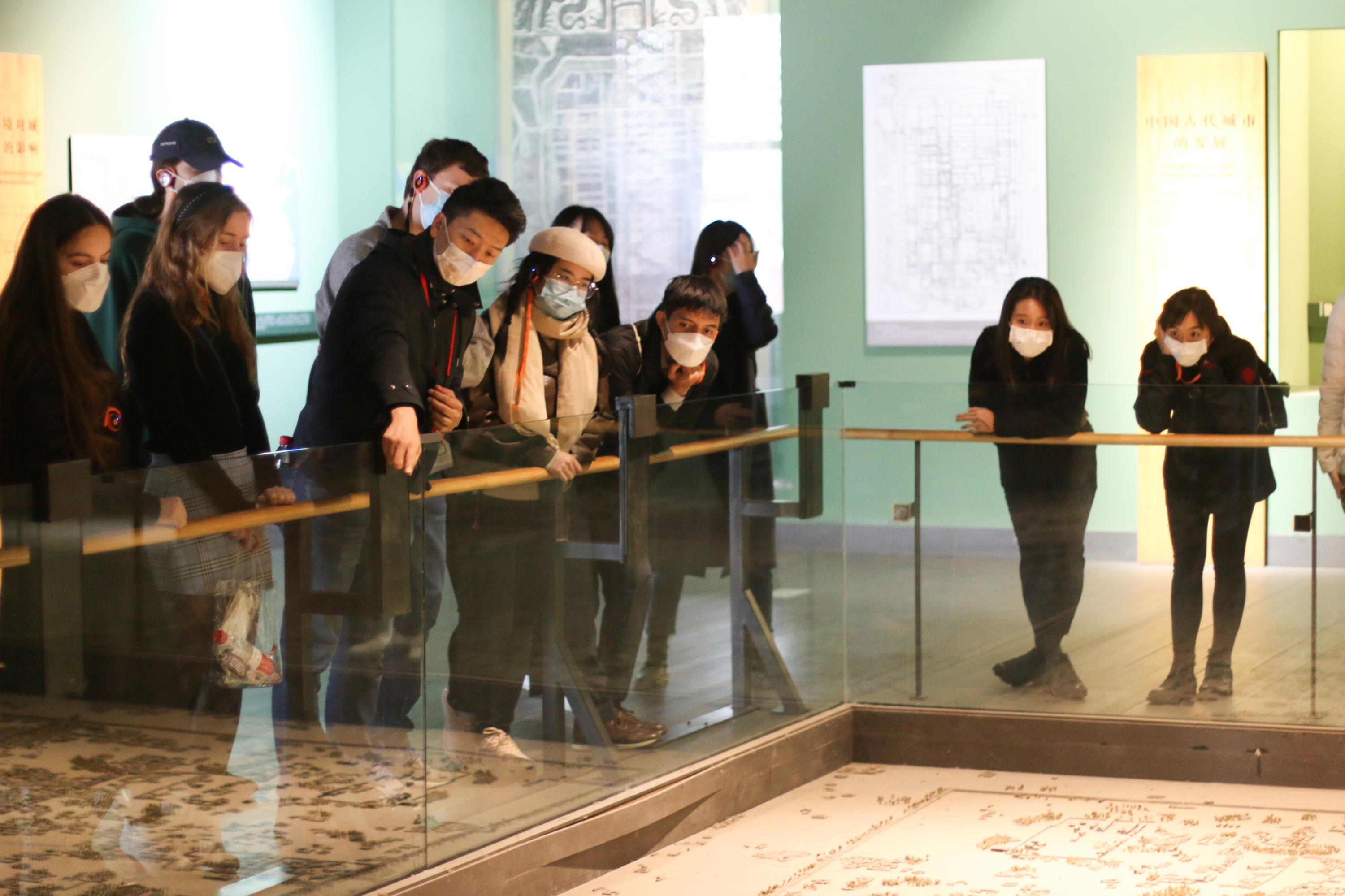
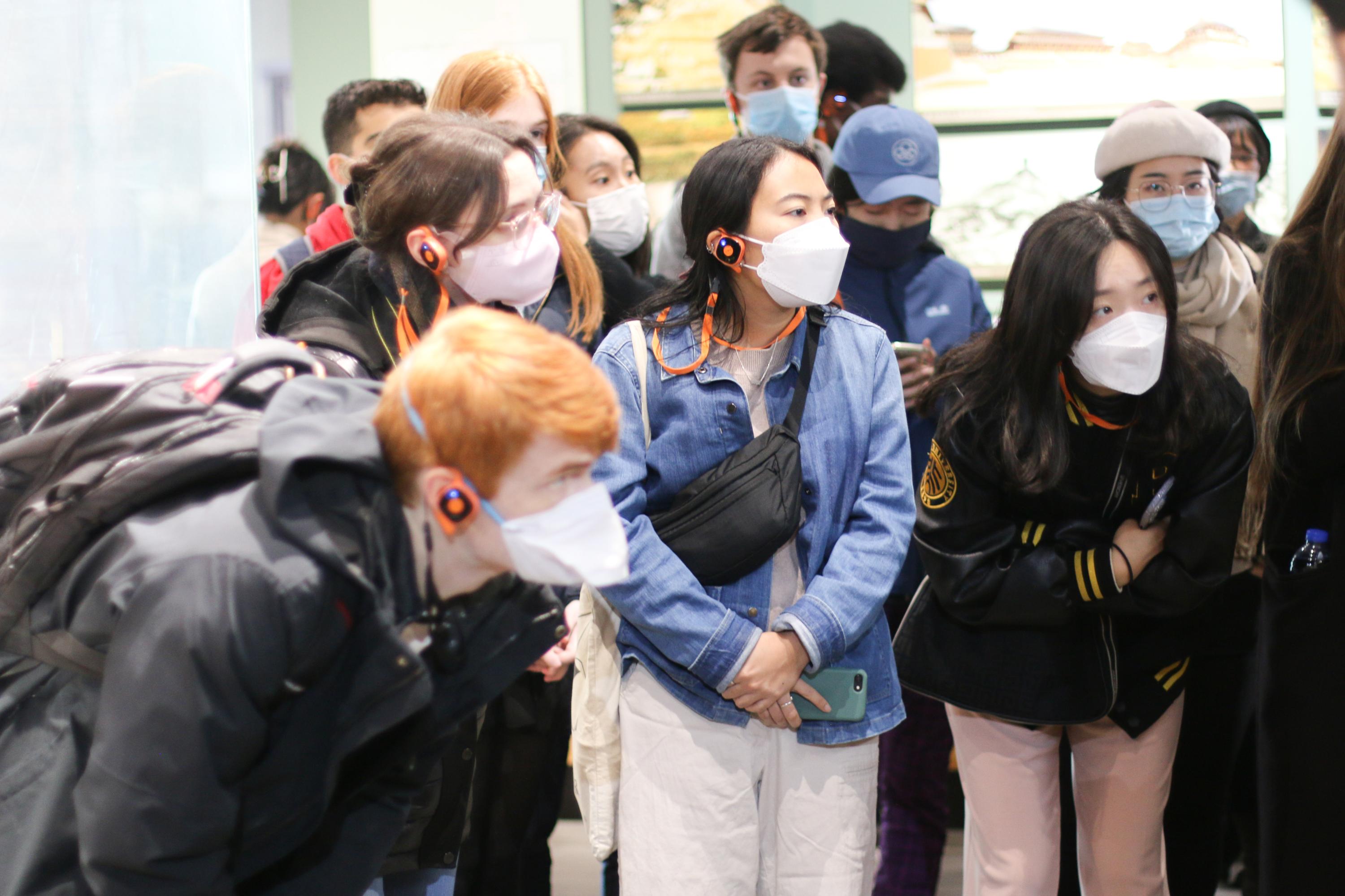
Prof. Zhang also talked about the decorative, spiritual, and functional components of the roofs and ceilings, explaining the significance (particularly control over water and floods) of the dragon or fish motifs to embellish the structures. More so, he discussed the role of the courtyard in Chinese architecture, the hierarchy of buildings, and the utilized carpentry tools that are essential to understanding the edifices. The Professor of Archaeology concluded the tour with a description of the model of Beijing city and the value of the different geographic and ecological elements for site selection.
In the afternoon, the Scholars visited the Temple of Heaven, a complex of sacrificial buildings where the Ming and Qing emperor prayed to the gods for a good harvest. The Temple of Heaven was built in 1420, covering 273 hectares of land, with its architectural designs shaped and colored to mimic the ancient Chinese beliefs about the universe – roundness and blue color denoting the heaven, and squareness and green color representing the earth. UNESCO inscribed the Temple of Heaven as a world heritage site in 1998, describing it as “a masterpiece of ancient Chinese culture.” Yenching Scholars were able to explore the complex and its most significant buildings, including the Altar of Prayer for Good Harvests, the Circular Mound Altar, and the Imperial Vault of Heaven.
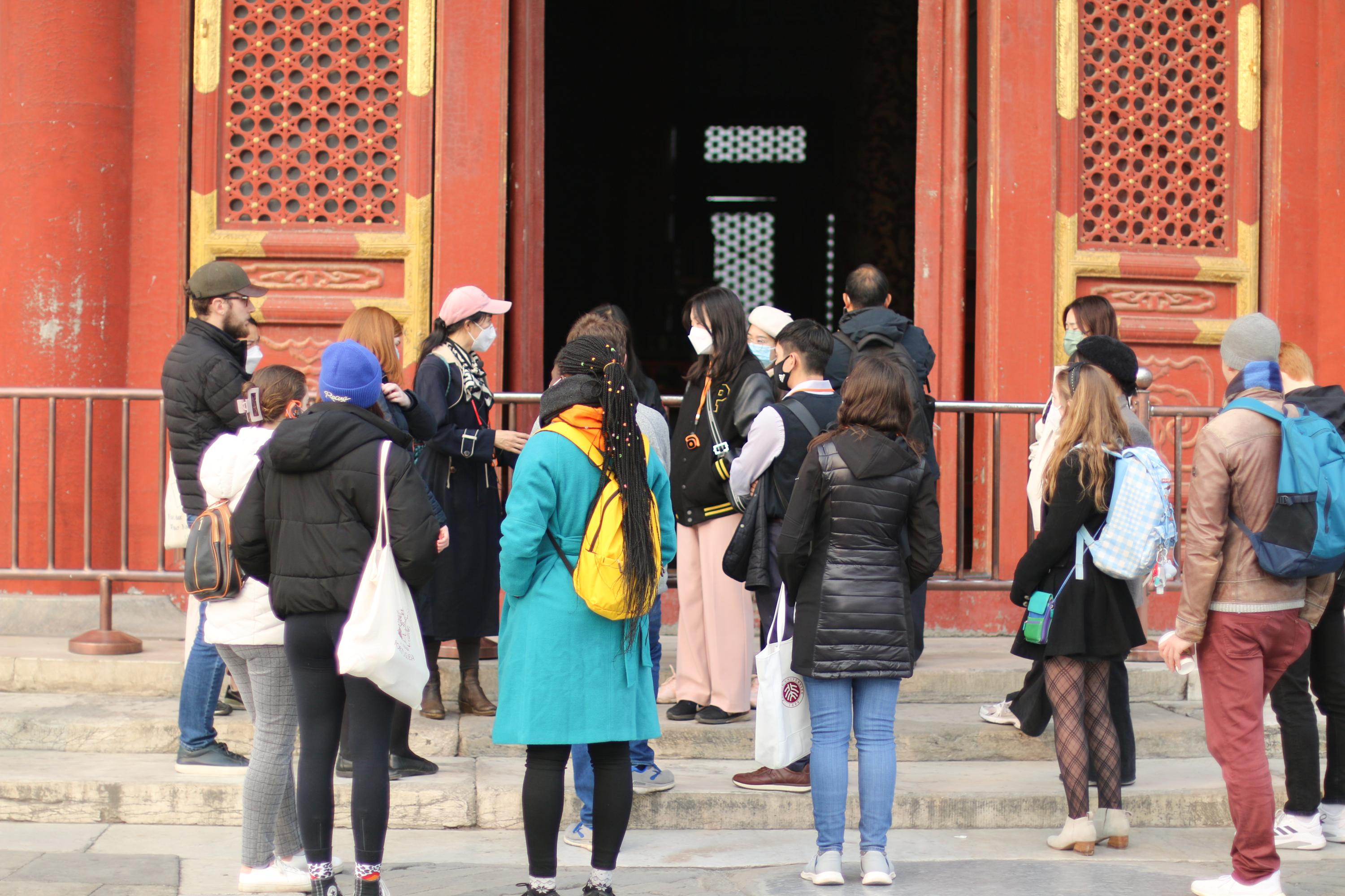
Jeeseon Hwang (South Korea): On our visit to the Temple of Heaven, where the emperors of the Ming and Qing dynasties had prayed to Heaven, I learned about the steps of the ritual, and I was able to imagine what the site looked like in the past. Being able to visit the sites in person was an interesting experience. Reading about a site and visiting it in person are two different things, and hearing the explanations about the sites and artifacts in person added to my appreciation of Chinese history and culture that I hoped to cultivate during my time in China.
Li Jiaying (China): The solemn and beautiful Temple of Heaven made me see the ancient people's reverence for nature. Walking among the exquisite buildings is like traveling through time. During the trip, I saw many citizens and their children come to visit and have fun; their laughter shortened the distance between history and the city.
Kai Waluszewski (Poland): Going first to the Ancient Architecture Museum and subsequently to the Temple of Heaven was wonderfully synergistic. We first learned about Chinese architecture in theory and then had a chance to be overawed by its physical magnificence.
